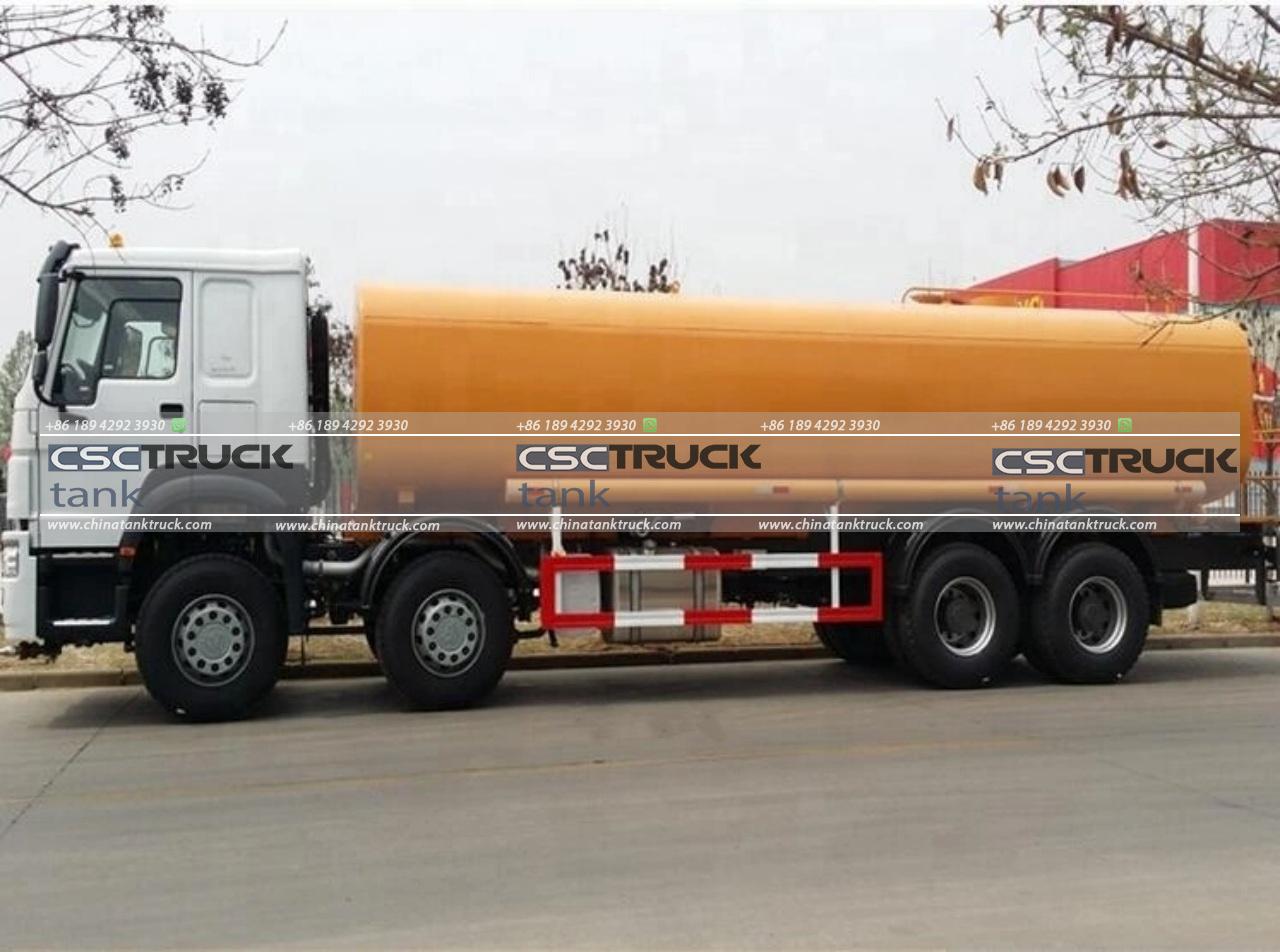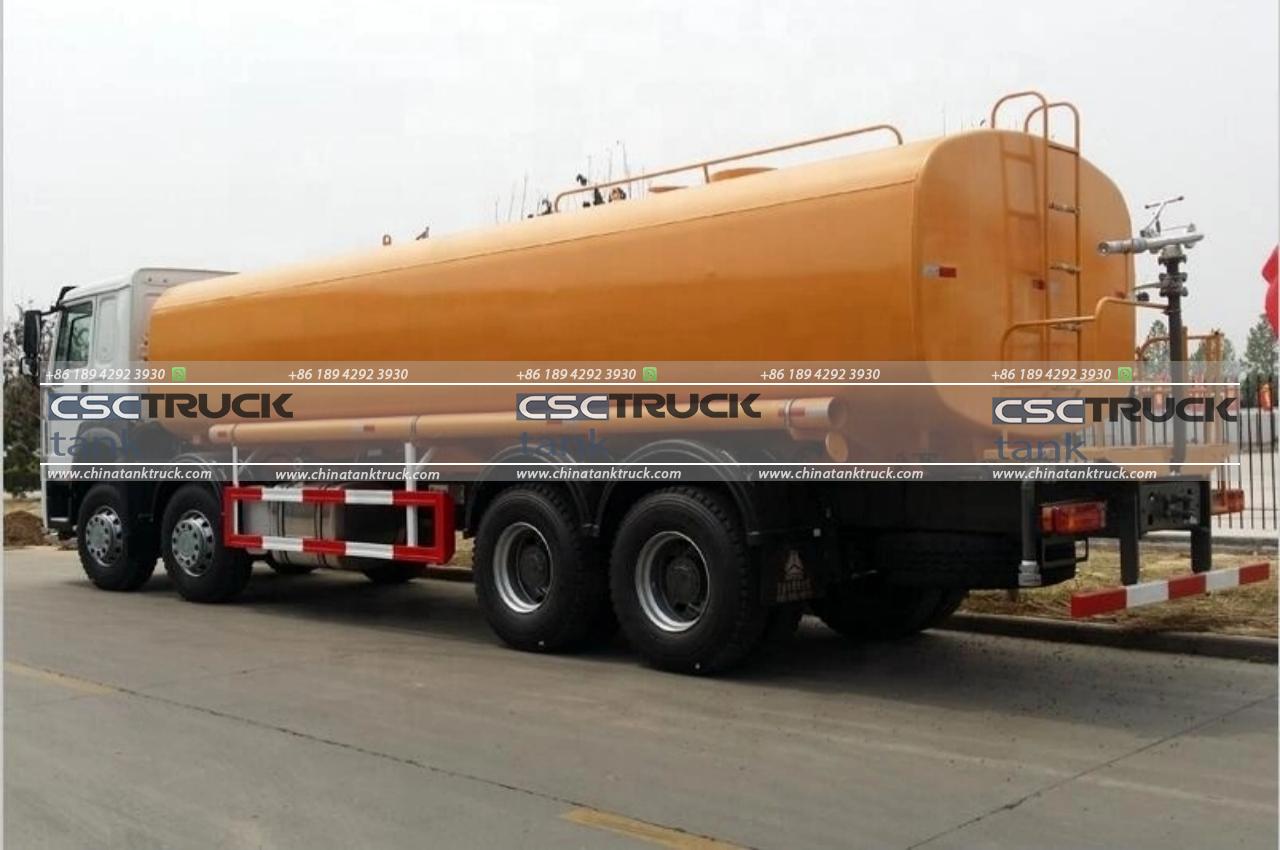What is a Water Holding Tank Called?
Water is one of the most crucial resources on our planet, essential for all forms of life. Whether it’s for drinking, irrigation, industrial processes, or emergency reserves, storing water efficiently is vital. One of the key components in water storage is the water holding tank, a versatile and indispensable structure found in various settings, from residential properties to large industrial complexes. But what exactly is a water holding tank called? In this article, we’ll explore the different names, types, and purposes of water-holding tanks, providing a comprehensive understanding of these essential devices.
Understanding the Terminology
The term “water holding tank” is a broad descriptor that encompasses various types of containers designed to store water. Depending on the context, the industry, or the specific use case, water-holding tanks might be referred to by different names, each highlighting a particular aspect of their function or design. Some of the most common terms include:
– Water Storage Tank: This is perhaps the most straightforward term and is often used interchangeably with “water holding tank.” It emphasizes the tank’s primary function—storing water for future use.
– Cistern: A cistern is typically an underground or above-ground container used to collect and store rainwater or water transported from other sources. Cisterns are often used in areas where the water supply is unreliable or to supplement municipal water supplies.
– Reservoir: Although typically associated with large natural or artificial lakes, the term “reservoir” can also refer to a large tank or storage facility designed to hold significant volumes of water for various uses, including drinking water, irrigation, and industrial processes.
– Sump Tank: In industrial and wastewater management settings, a sump tank is a water holding tank used to collect and temporarily store water or other liquids before they are pumped out or treated.
– Pressure Tank: This type of tank is specifically designed to store water under pressure. Pressure tanks are commonly used in residential well systems to maintain consistent water pressure and reduce the cycling of the pump.
– Bladder Tank: Bladder tanks are flexible storage solutions where water is stored within a durable, collapsible bladder inside a rigid outer container. These are often used in situations where space is limited or portability is required.
– Rainwater Harvesting Tank: As the name suggests, these tanks are specifically designed to collect and store rainwater, often from rooftops, to be used for irrigation, flushing toilets, or even as a backup water supply.

Types of Water Holding Tanks
Water holding tanks come in various shapes, sizes, and materials, each suited to different purposes and environments. Understanding the different types of tanks can help in selecting the right one for a specific application.
1. Plastic (Polyethylene) Tanks: These tanks are among the most common due to their affordability, durability, and ease of installation. Plastic tanks are lightweight, resistant to corrosion, and come in various sizes, making them ideal for residential and agricultural use. They are often used for rainwater harvesting, potable water storage, and even in emergency preparedness setups.
2. Concrete Tanks: Known for their strength and longevity, concrete tanks are often used for large-scale water storage needs, such as in municipal water systems, irrigation, and industrial processes. They can be constructed on-site or delivered as pre-cast units. Concrete tanks are particularly advantageous in areas where durability and resistance to external environmental factors are crucial.
3. Steel Tanks: Steel tanks, often galvanized or coated to prevent corrosion, are another popular choice for water storage. They are durable, can withstand extreme temperatures, and are available in large capacities. Steel tanks are commonly used in fire protection systems, industrial applications, and large-scale agricultural operations.
4. Fiberglass Tanks: These tanks are lightweight, corrosion-resistant, and can be used both above and below ground. Fiberglass tanks are particularly suited for chemical and industrial applications where the stored water may be corrosive or contain contaminants that could degrade other materials. They are also used in residential and commercial water systems.
5. Underground Water Tanks: These tanks are designed to be buried underground, saving surface space and protecting the water from temperature extremes and contamination. Underground tanks can be made from concrete, fiberglass, or plastic and are often used in urban settings where space is limited.
6. Modular Water Tanks: Modular tanks are a flexible storage solution that can be assembled on-site and configured to fit specific spaces. They are made from various materials, including steel and plastic, and are used in settings where water storage needs may change or where traditional tank shapes are not feasible.
Applications of Water Holding Tanks
Water holding tanks serve a wide range of applications, each with unique requirements and specifications. Here are some of the most common uses:
– Residential Water Storage: In homes, water holding tanks are often used to store water from a well, rainwater harvesting system, or as a backup supply in case of municipal water interruptions. Pressure tanks are commonly used in conjunction with well systems to maintain consistent water pressure.
– Agricultural Use: Farmers and agricultural operations rely on water holding tanks for irrigation, livestock watering, and storing water for use during dry periods. Tanks used in agriculture often need to be large and durable to withstand the demands of the environment.
– Industrial Applications: In industrial settings, water holding tanks are used for processes such as cooling, chemical storage, and wastewater management. These tanks need to be made from materials that can handle specific chemicals or conditions present in the industrial process.
– Fire Protection: Water holding tanks are a critical component of fire protection systems, especially in areas where access to a reliable water source may be limited. These tanks ensure that sufficient water is available for firefighting efforts when needed.
– Emergency Preparedness: In regions prone to natural disasters, such as hurricanes, earthquakes, or droughts, water holding tanks are used to store emergency water supplies. These tanks ensure that communities have access to clean water during times of crisis.

Conclusion
In summary, the term “water holding tank” is a broad descriptor that encompasses various types of water storage containers used in different contexts and industries. Whether referred to as a water storage tank, cistern, reservoir, or pressure tank, these devices play a critical role in managing and storing water for various purposes. Understanding the different types of tanks and their applications can help in selecting the right solution for specific needs, ensuring efficient and reliable water storage.

